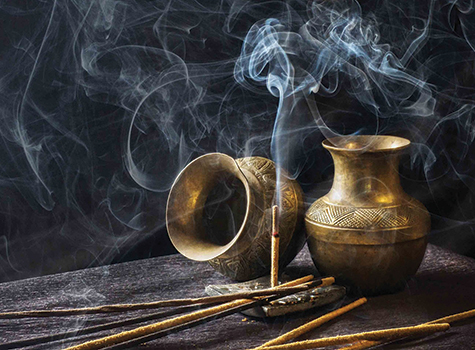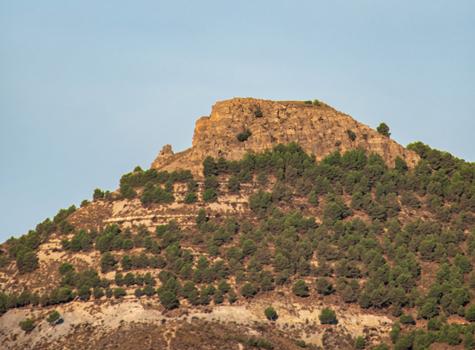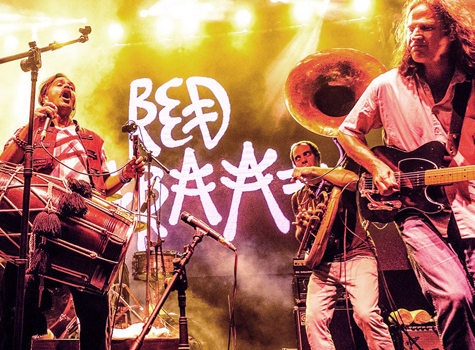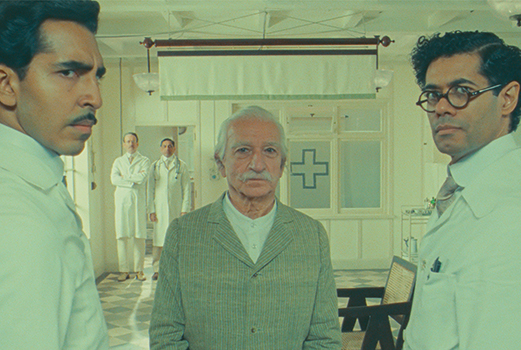
Pastel colors.
Carefully planned symmetrical shots.
Actors often standing or sitting perfectly in center frame breaking the 4th wall to the audience.
Or… if there’s more than one actor in the shot, they’re layered in such a way that your gaze can easily move from one character to another as they gesture meticulously in the scene.
There is also often at least one character talking on an old telephone or writing in a book.
And if you’re really lucky… you’ll see two characters in a layered, pastel colored shot having a wildly gestured conversation on old telephones while one speaks directly to the audience and the other writes something in a book.
And this is only a taste of all the quirkiness you can find in a Wes Anderson film.
Such an idiosyncratic aesthetic has evolved over time and is much more noticeable in his more recent works, but it’s such a specific niche that it has practically become its own genre. While it’s not to everyone’s taste, those who do adore Anderson’s films seem to adore his inimitable artistic vision and narrative style.
Perhaps one more element that tends to slide under the radar about his films is his love for South Asian and Middle Eastern culture. Almost all his films include either an actor or character (or both) of Indian descent. It is certainly a sly way to further familiarize fans in the Western world with those from other countries. This is (in part) due to his partner Juman Malouf who was born in Lebanon and spent her youth in Saudi Arabia. An author and illustrator in her own right, she’s lent her assistance to the set design for some of his later films.
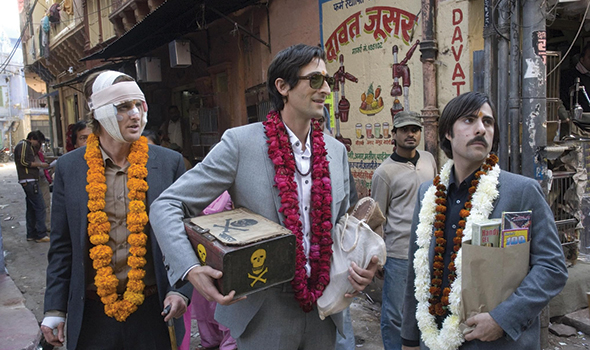
Anderson’s enthusiasm is most prominently on display in 2007’s The Darjeeling Limited. The plot surrounds three brothers (Owen Wilson, Adrien Brody, and Jason Schwartzman) on an extended train ride through India following the death of their father a year prior. Each of them deals with grief in their own way and in part by carrying luggage marked with their father’s initials, and other personal items of his.
While the three lead characters are white, most of the supporting cast are South Asian including Amara Karan, Waris Ahluwalia, Gurdeep Singh, Irrfan Khan, and Kumar Pallana. It was the first film I ever saw both Khan and Pallana in… and while their roles were quite brief, they were also memorable.
Having the film mostly set in Jodhpur, Rajasthan is quite remarkably inspired as the director’s signature color palette blends perfectly with the bright and beautiful jewel tones often associated with Northern India. Besides the vivid blues, yellows and oranges of the train itself, the trio also visit various Hindu temples and shopping districts with the cinematography pausing to painstakingly appreciate every wall pattern, pamphlet, and sign behind them.
Perhaps the most intriguing fact is that Anderson doesn’t emphasize the environment in such a way that the film morphs into a tourist brochure of Jodhpur. Instead, it is more like a backdrop of watercolor by which the characters happen to release their various traumas in the foreground.
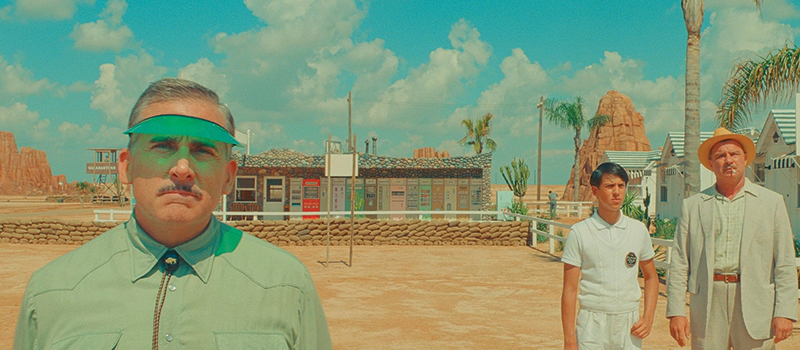
Now, fast forward to 2023 as Netflix announced the director’s endeavor to personify some of Roald Dahl’s short stories. For those who are not fully aware, Dahl was a Welsh author and screenwriter who often wrote cautionary tales where obnoxiously bad characters would generally receive equally despicable comeuppance. His most famous works include James and the Giant Peach, Matlida, The Witches, and Charlie and the Chocolate Factory. He also co-wrote the scripts for Chitty Chitty Bang Bang and the James Bond film, You Only Live Twice.
Anderson had already tackled a lesser-known Dahl story with Fantastic Mr. Fox in 2009. Due to the story’s use of talking animals, the director chose to use stop-motion animation along with all his other signature filming quirks.
The mix of the two creators was like peanut butter and chocolate as the film garnered much critical success.
It’s no wonder, then, that a few shorts have gradually emerged in the Netflix library with the combined eccentricity of Dahl’s wit and Anderson’s inventive filming style.
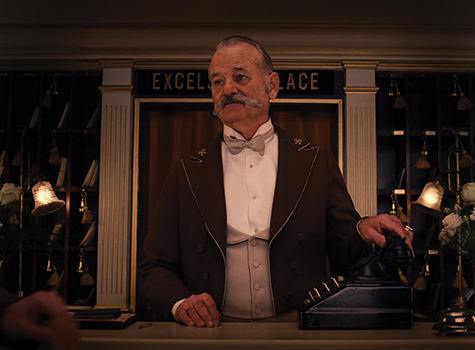
As of this writing, four short films have been released: The Wonderful Story of Henry Sugar, Poison, The Rat Catcher, and The Swan. The first two include actors of South Asian descent with Dev Patel and Ben Kingsley in the cast. Richard Ayoade (who is of Norwegian and Nigerian descent) also portrays an Indian doctor in Henry Sugar, but this doesn’t detract from the story itself. Rounding out the main cast between the four stories are Benedict Cumberbatch, Rupert Friend, and Ralph Fiennes… the latter portraying a personification of Dahl talking with the audience to emphasize various story beats.
All actors handle the script’s precise dialogue through extremely long takes shown in such a way that they wouldn’t be out of place on stage for a play. The performers move in and out of center frame with purposely placed “assistants†walking in and out of camera to change costumes, set pieces, and lightning.
Actors Dev Patel and Rupert Friend in particular give such immaculate performances as they handle each line of articulately fast-paced narration both towards the camera and with the other actors; performances that are bolstered by Anderson’s quirky whimsical nostalgic film style.
As these are Roald Dahl’s work, the words are his with a few stylized revisions by the director to better fit the screen… and do include expected touches of fantastical irony often associated with both creators.
If you enjoy the director’s previous work, I do suggest watching these short films (the longest being Henry Sugar at 37 minutes). They’ll make you smile. They’ll make you laugh. And above all else, you’ll marvel at how these two unique men’s visions blend so well together.
Jennifer Allen is part of the Saathee team and also a Podcaster, Blogger, Photographer, Graphic Artist, Gamer, Martial Arts Practitioner, and all around Pop Culture Geek. You can reach her at [email protected].

